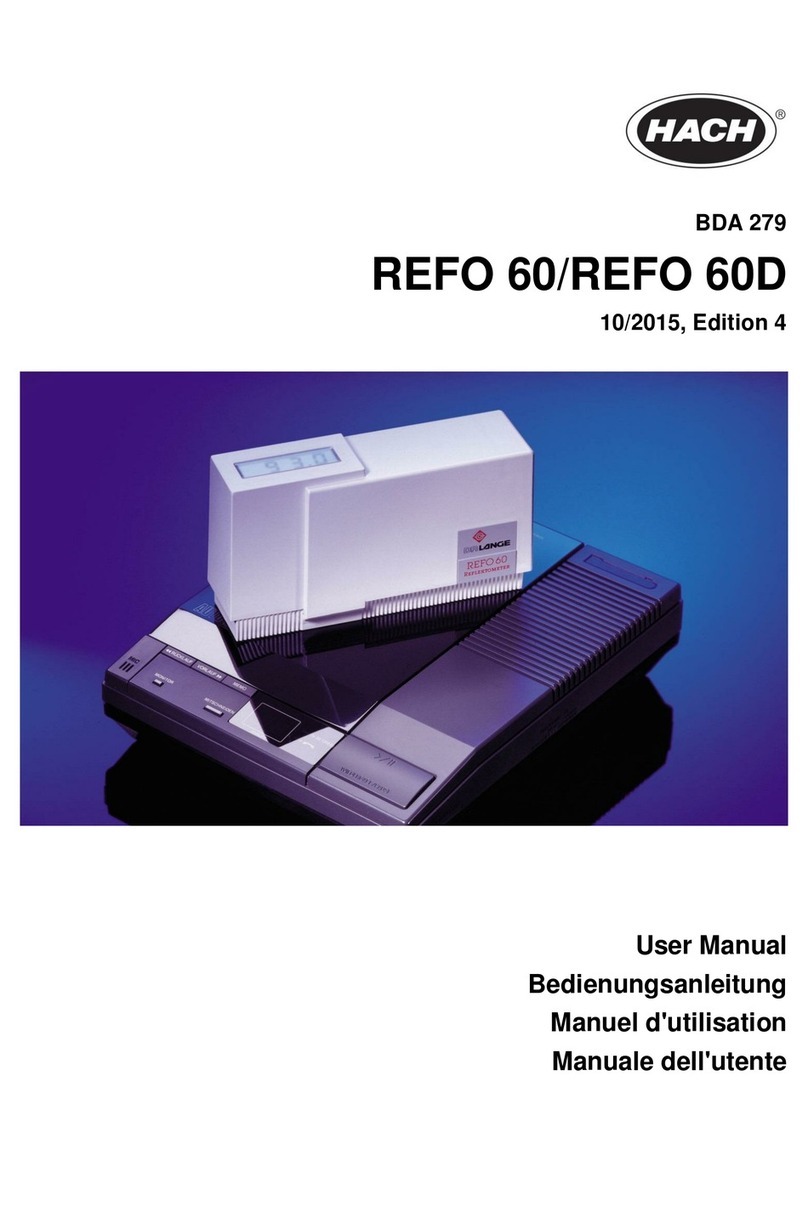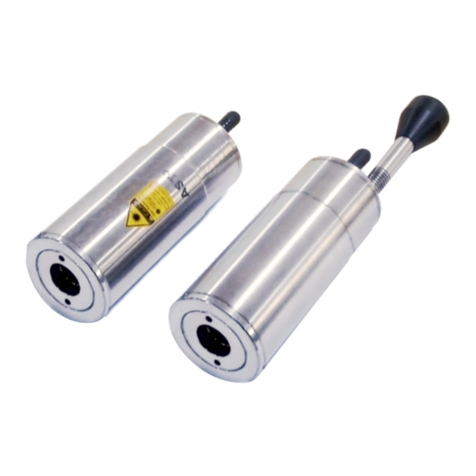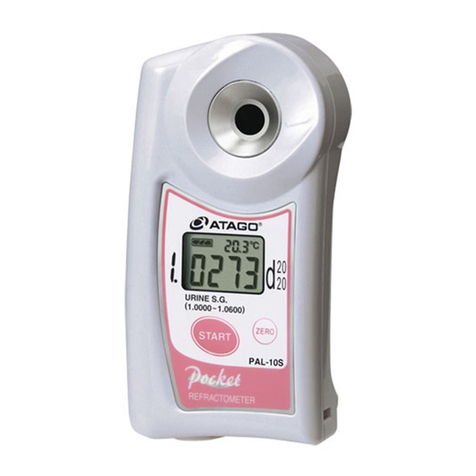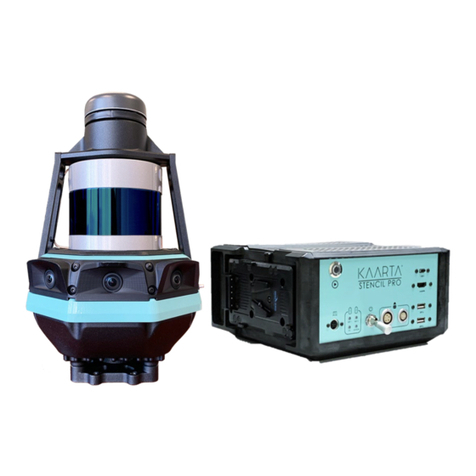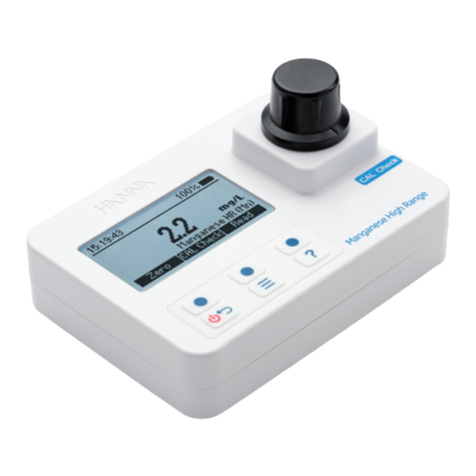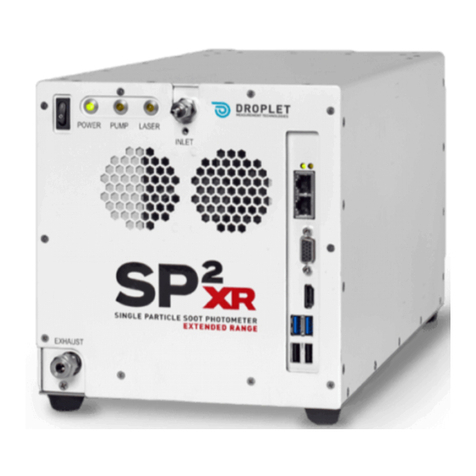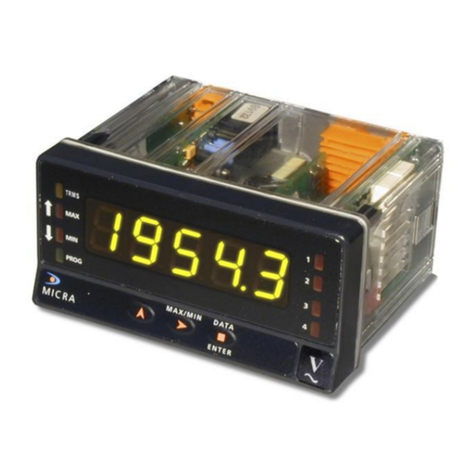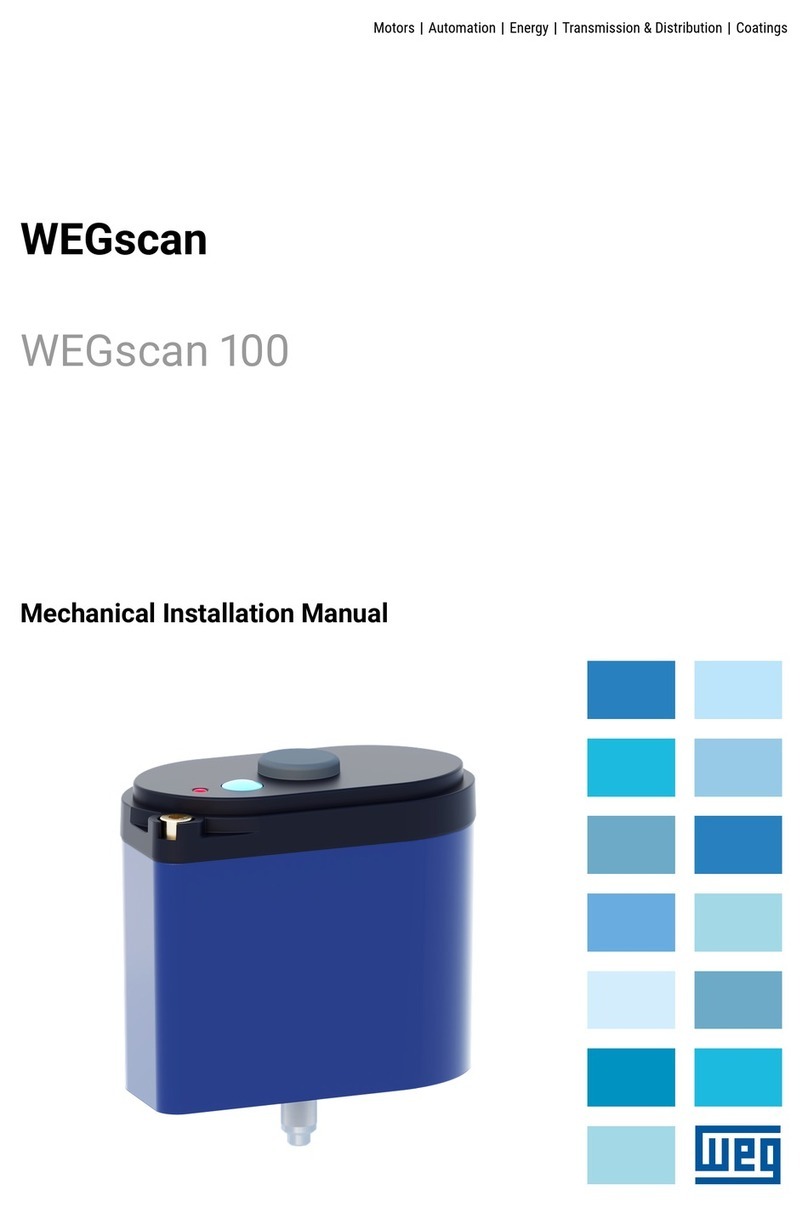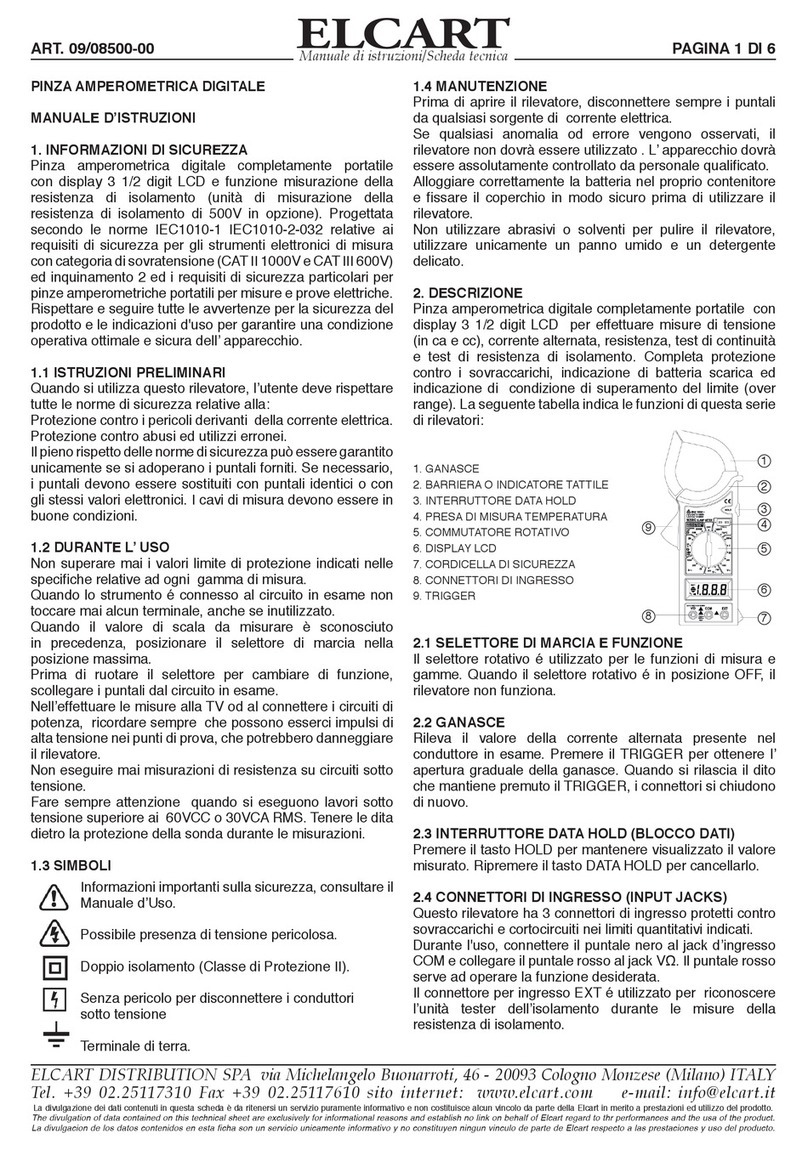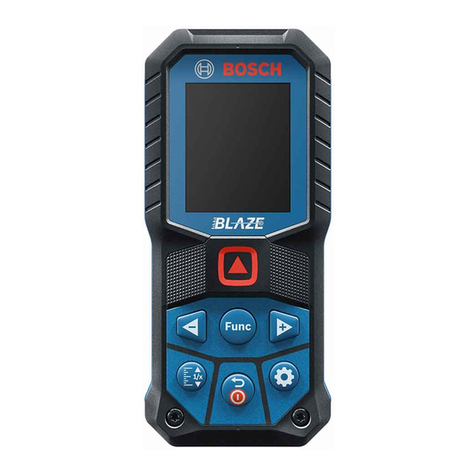B.E.G. LUXOMAT KNX WTS-GPS User guide

Fig. 1
Wand
oder
Mast
min.
60 cm
90°
The weather station must be mounted on a
vertical wall (or a pole).
LUXOMAT®KNX WTS-GPS
EN
1. Description
The Weatherstation KNX WTS-GPS measures temperature,
wind speed and brightness. It recognises precipitation and
receives a GPS signal for time and location. In addition, us-
ing location coordinates and the time, it calculates the exact
position of the sun (azimuth and elevation).
All values can be used for the control of threshold value-
dependent switching outputs. States can be linked via AND
logic gates and OR logic gates. The compact housing of
the KNX WTS-GPS includes the sensors, evaluation circuits
and buscoupling electronics.
Installation and Operating Instruction
2. Functions
• Brightness and position of the sun: The current light intensity
is measured by a sensor. In addition the KNX WTS-GPS
calculates the position of the sun (azimuth and elevation)
using time and location
• Shade control for up to 6 facades with slat and shadow
edge tracking
• Wind measurement: The wind strength measurement takes
place electronically and thus noiselessly and reliably, even
during hail, snow and sub-zero temperatures. Even turbulent
air and anabatic winds in the vicinity of the weather station
are recorded
• Precipitation recognition: The sensor surface is heated, so
that only drops and flakes are recognised as precipitation,
but not mist or dew. When the rain or snow stops, the sensor
is soon dry again and the precipitation warning ends
• Temperature measurement
• Weekly and calendar time switch: The weather station
receives the time and date from the integrated GPS receiver.
The weekly time switch switches up to 4 different periods per
day.
• With the calendar time switch up to 3 additional time periods
can be defined, in which up to 2 On/Off switches take
place. The switching outputs can be used as communications
objects. The switch times are set via parameters.
• Switching outputs for all measured and calculated values
(threshold values can be set via parameters or communica-
tions objects)
• 8 AND and 8 OR logic gates with each 4 inputs. All
switching events as well as 16 logic inputs (in the form of
communications objects) can be used as inputs for the logic
gates. The output of each gate can be optionally configured
as 1-bit or 2 x 8-bit
3. Installation and Commissioning
!Installation, inspection, commissioning and trouble-
shooting of the device must only be carried out by a
competent electrician.
Disconnect all lines to be assembled, and take safety precau-
tions against accidental switch-on.
The device is exclusively intended for appropriate use. With
each inappropriate change or non-observance of the instruc-
tions for use, any warranty or guarantee claim will be void.
After unpacking the device, check immediately for any
mechanical damages. In case of transport damage, this must
immediately notified to the supplier.
!If damaged, the device must not be put into operation.
If an operation without risk may supposedly not be guaranteed,
the device must be put out of operation and be secured against
accidental operation.
The device must only be operated as stationary system, i.e.
only in a fitted state and after completion of all installation and
start-up works, and only in the environment intended for this
purpose.
B.E.G. Brück Electronic GmbH does not assume any liability
for changes in standards after publication of this instruction
manual.
4. Installation position
Choose an installation position in the building where wind,
rain and sun can be measured unhindered by the sensors. The
weather station must not be installed underneath any structural
parts from which water can still drip onto the rain sensor after
ithas stopped raining or snowing. The weather station must not
be shaded by anything,such as building structures or trees.
There must be at least 60 cm of free space underneath the
weather station to allow it to measure the wind correctly and to
prevent it from being snowed in when it snows. Please ensure
that extended awnings do not shade the device from sun and
wind.
Temperature measurements can also be affected by external
influences such as by warming or cooling of the building
structure on which the sensor is mounted, (sunlight, heating or
cold water pipes). Temperature variations from such sources of
interference must be corrected in the ETS in order to ensure the
specified accuracy of the sensor (temperature offset).
Magnetic fields, transmitters and interfering fields from
electricity consumers (e.g. fluorescent lamps, neon signs,
switched-mode power supplies etc.) can interfere with or even
cut out reception of the GPS signal.
Fig. 2
Horizontal
The weather station must be mounted in the horizontal
transverse direction (horizontally).
5. Attaching the mount
The weather station comes with a combination wall/pole
mount. The mount comes adhered by adhesive strips to the rear
side of the housing.
Fasten the holder vertically to the wall or pole.
Fig. 3
Steg
For wall mounting: Flat side to the wall,
crescent moon-shaped crosspiece facing up.
Fig. 4
Steg
For pole mounting: curved side to the pole,
crosspiece facing down.
6. Rear view and drill sketch
Fig. 5 a)
Ø 5 mm
22 mm
Langloch 7,5 x 5 mm
Fig. 5 b)
14
22
35
71
Maße in mm
28,75
57,5
75
7. Preparing the weather station
Fig. 6
1 Lid with rain sensor
2 Lid notches
3 Housing lower section
The weather station lid with the rain sensor latches into place
on the lower edge to the right and left (see figure). Remove the
lid from the weather station. Proceed carefully to avoid tearing
off the cable connection between the circuit board in the lower
section and the rain sensor in the lid (cable with plug).
3
2
1
Unsnap cover
and remove
upwards
Oblong hole
Wall
or
pole
Collar
Collar
Dimensions
in mm

MAN 7893 – 281013–1
8. Layout of the circuit board
Fig. 8
1
Spring-force auxiliary voltage terminal, suitable for solid
conductor up to 1.5 mm² or fine wire conductor
2
Slot for cable connection to the precipitation sensor in the
casing lid
3
GPS antenna
4
Signal LED
5
KNX terminal +/-
6
Program button for setting up the device
7
Program LED
1
3
2
4
5
6
7
9. Mounting the weather station
Close the housing by putting the cover back over the bottom part.
The cover must snap in on the left and right with a definite “click”.
Fig. 9
Raste
Make sure the cover and bottom part are properly
snapped together! This picture is looking
at the closed sensor from underneath.
Fig. 10
Push the housing from above into the fastened mount. The
bumps on the mount must snap into the rails in the housing.
To remove it, the weather station can be simply pulled upwards
out of the mount,against the resistance of the fastening.
13. Technical Data
Housing: Housing UV- and shockresistant
Polycarbonate
Degree of protection/class:
IP44 / II / CE
Dimensions W,H, D [mm]:
96 × 77 × 118
Ambient temperature
:
-30° to +50°
Auxiliary voltage:
12 to 40 V DC, 12 to 28 V AC
Hilfsstrom:
max. 185 mA at 12 V DC,
max. 81 mA at 24 V DC,
Residual ripple 10%
Bus current:
max. 8 mA
Data output:
KNX +/-
Group addresses:
max. 254
Assignments:
max. 255
Communication objects:
254
Heater rain sensor:
ca. 1,2 W
Measurement range
temperature:
-30° to +80°C
Resolution (temperature):
0,1°C
Accuracy (temperature):
±1°C at -10°C to +85°C,
±1,5°C at -25° to +150°C
Measurement
range wind:
0 to 35 m/s
Resolution (wind):
0,1m/s
Accuracy (wind):
at ambient temperature -20 to +50°C:
±22% of the measurement value when
incident flow is from 45 to 315°
±15% of the measurement value when incident
flow is from 90 to 270° (Frontal incident flow
corresponds to 180°)
Measurement range
brightness:
0 to 150.000 Lux
Resolution (brightness):
1 Lux at 0 at 120 Lux,
2 Lux at 121 at 1.046 Lux,
63 Lux at 1.047 at 52.363 Lux,
423 Lux at 52.364 at 150.000 Lux
Accuracy (brightness):
±20% at 0 lx … 10 klx,
±15% at 10 klx … 150 klx
Declaration of Conformity: The product complies with the
low voltage recommendation 2006/95/EG and the EMV
recommendation 2004/108/EG.
The following standards have been applied:
• EN 50491-5-1: 2010
• EN 50491-5-2: 2011
11. Maintenance
The sensor must regularly be checked for dirt twice a year and
cleaned if necessary. In case of severe dirt, the sensor may not
work properly anymore.
!As a precaution, the device should always be separated
from power supply for maintenance works (e.g. deacti-
vate or remove fuse).
12.
Article / Part nr. / Accessory
Typ SM
KNX WTS-GPS 90221
10. Notes on mounting and commissioning
Do not open weather station if water (rain) might ingress: even
some drops might damage the electronic system.
Observe the correct connections. Incorrect connections may
destroy the weather station or connected electronic devices.
Please take care not to damage the temperature sensor (small
blank at the bottom part of the housing.) when mounting the
weather station. Please also take care not to break away or
bend the cable connection between the blank and the rain
sensor when connecting the weather station.
Remove all existing protection labels after installation.
The measured wind value and thus all other wind switching
outputs may only be supplied 60 seconds after the supply volt-
age has been connected.
After the auxiliary voltage has been applied, the device will en-
ter an initialisation phase lasting 5 seconds. During this phase
no information can be received via the bus.
Fig. 7
Place the sheath of the cable under the board and
allow only the connection cables through the holes
in the circuit board to the top.
Ensure that the sheath of the cable remains below the PCB
board and only the connection cables go through the rubber
seals on the bottom of the weather station and connect Voltage
and Bus +/- to the terminals provided.
Catch
This manual suits for next models
1
Popular Measuring Instrument manuals by other brands
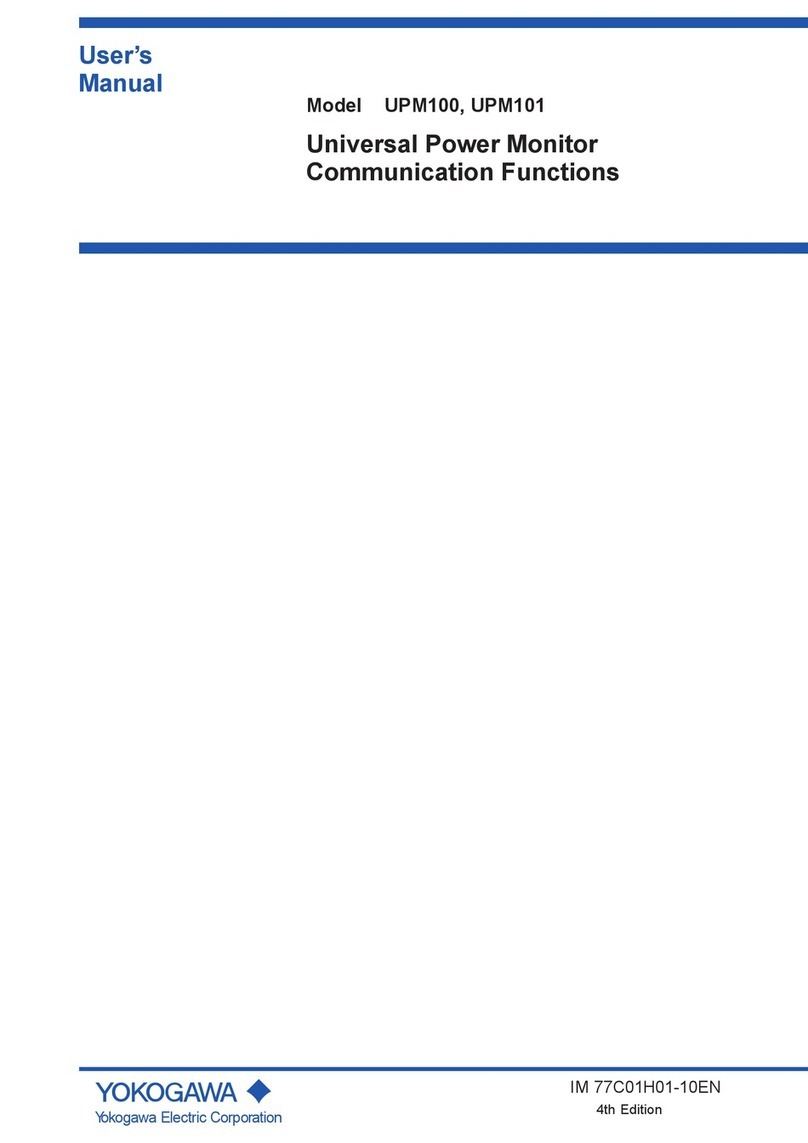
YOKOGAWA
YOKOGAWA UPM100 user manual
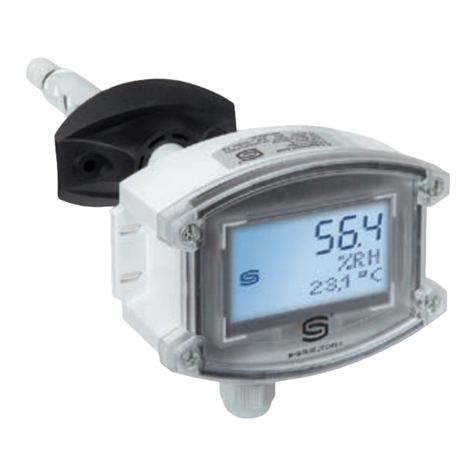
S+S Regeltechnik
S+S Regeltechnik HYGRASGARD KFF Series Operating Instructions, Mounting & Installation

Malema
Malema M-1500 Series Installation and operating manual

YOKOGAWA
YOKOGAWA 322610 user manual
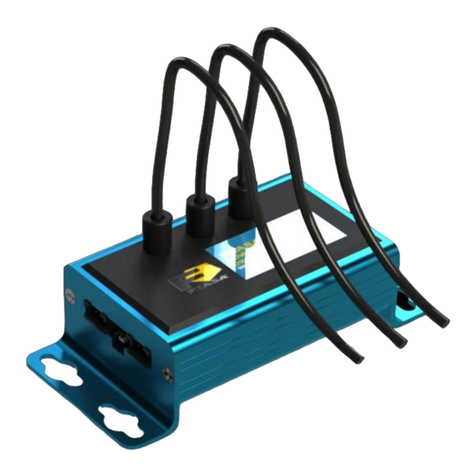
Feasa
Feasa Low Light LED Analyser user manual
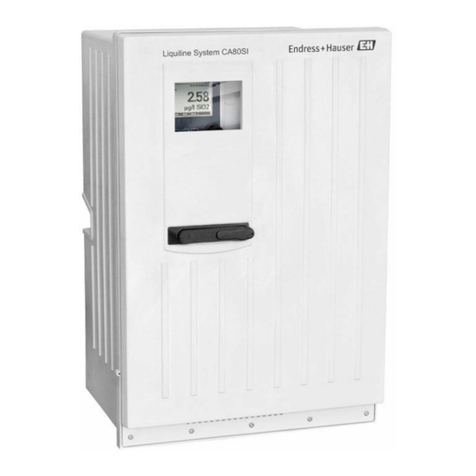
Endress+Hauser
Endress+Hauser Liquiline CA80SI Brief operating instructions
